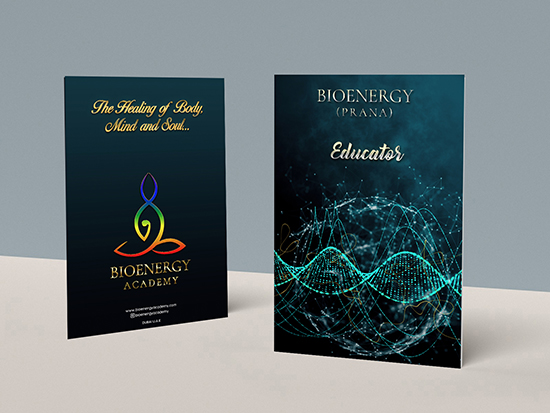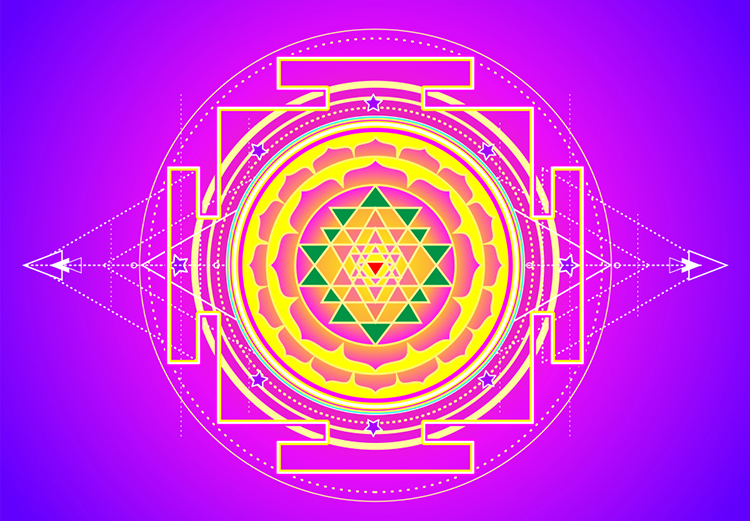.jpeg)
Prana
Describing the word prana is as difficult as describing the universe. Prana is the fundamental energy that has spread throughout space and permeates all dimensions of the universe. Prana is the basis of physical, mental, intellectual and sexual energies.
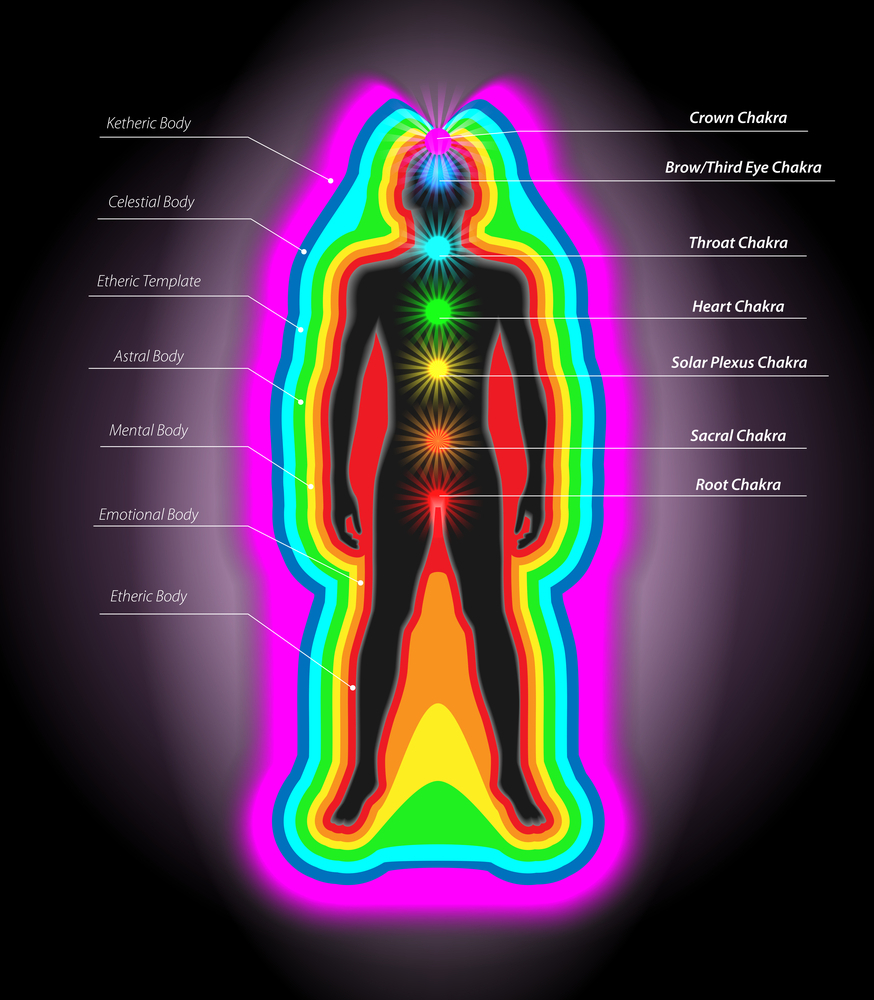
WHAT IS AURA, HOW DOES IT WORK?
The energy protective shield of our body, which protects our body from harmful environmental currents, is called the AURA layer.

CHAKRAS
The Sanskrit loop, meaning vortex, is the main psychospiritual connection points of the energy zones in 7 different parts of our body, symbolized by the 7 colors of the rainbow.

MEDITATION TECHNIQUES
The vibration of the energy field can be changed and adjusted through meditation techniques. Thus, the individual can communicate more easily in harmony with the other person's energy field.
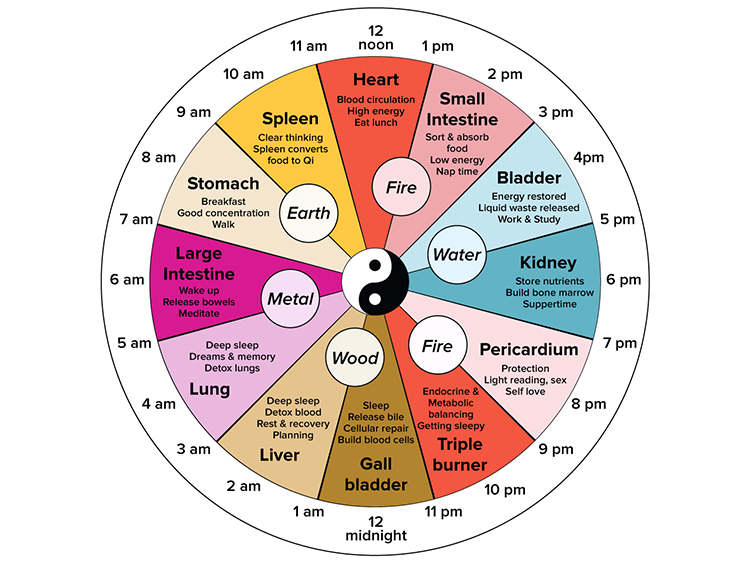
MERIDIAN HOUR
Each meridian has a two-hour period of energy peaks. Energy flows through each meridian to complete a 24-hour cycle.

HEALING
It is a therapy method that is equally effective both through direct contact and over long distances without the mediation of any object.
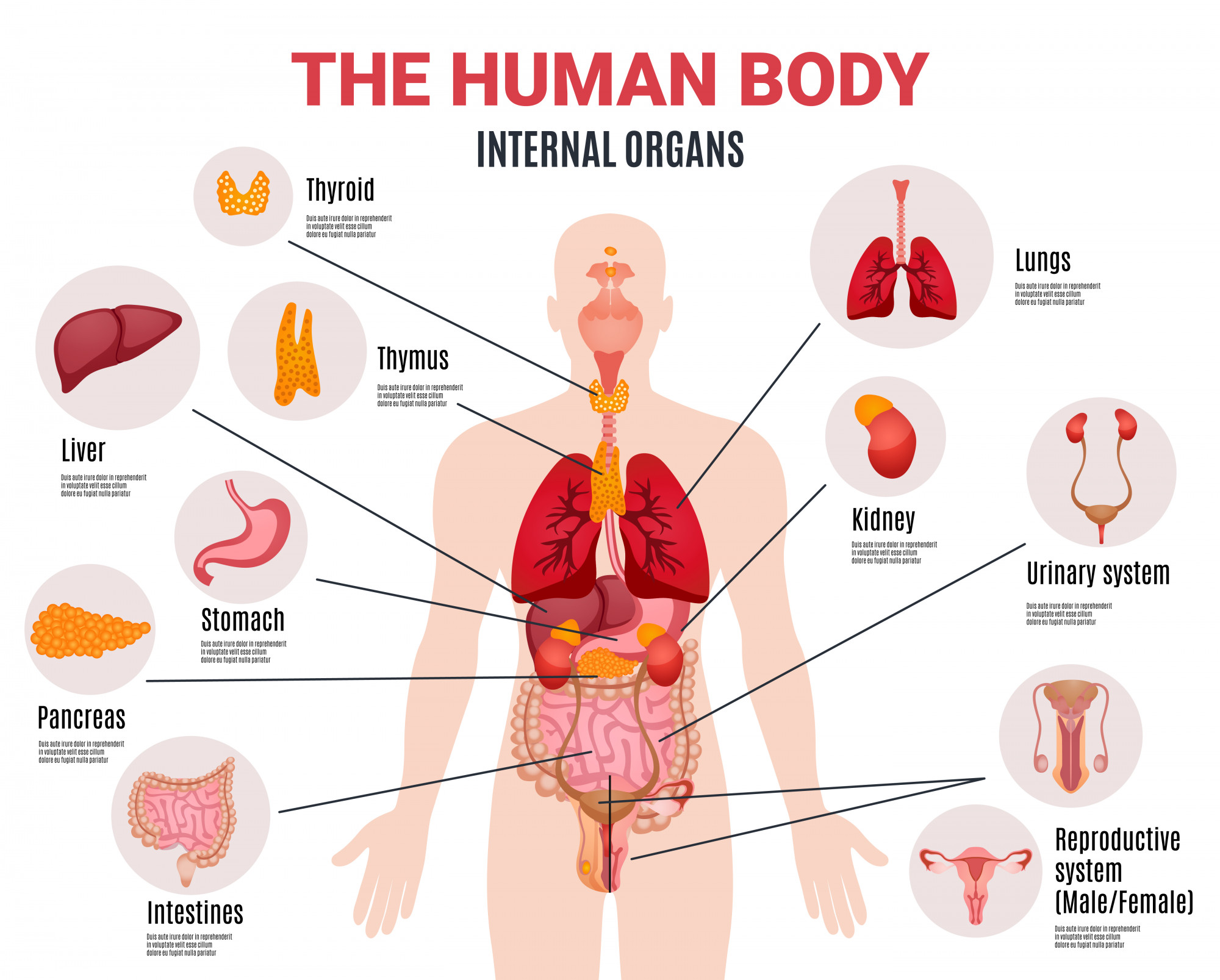
DISEASES AND CAUSES
Most illnesses are of psychological origin, and positive suggestions speed up the healing process. Suppression of negative emotions, thoughts and behaviors also triggers body balance and occurs as a disease.
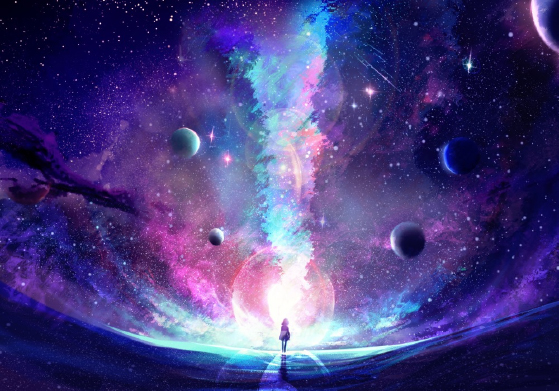
ENERGY FIELD
Everything that has an atomic structure has an energy field surrounding it. Atoms of matter, constantly moving consists of electrons and protons. These electrons and protons are electrical, magnetic energy vibrations.
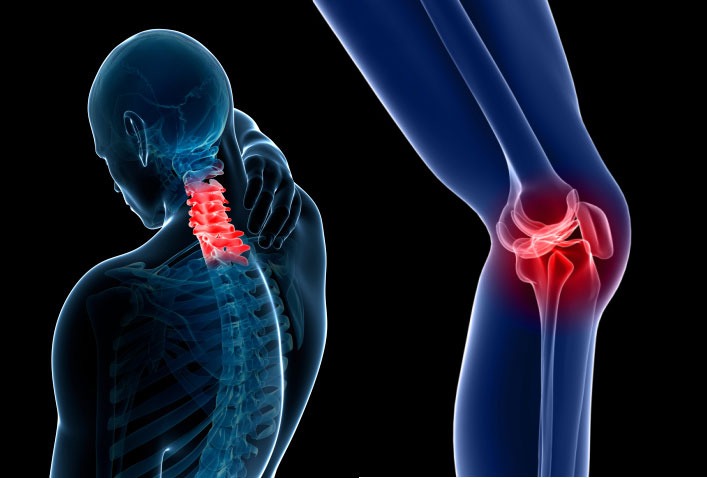
PROLOTERAPHY
Prolotherapy, also known as proliferative therapy, is an injection-based treatment type used in chronic musculoskeletal disorders. Treatment involves repeated injection of an irritating solution into a part of the joint, for example the interior of the joint or a supporting tendon or ligament.
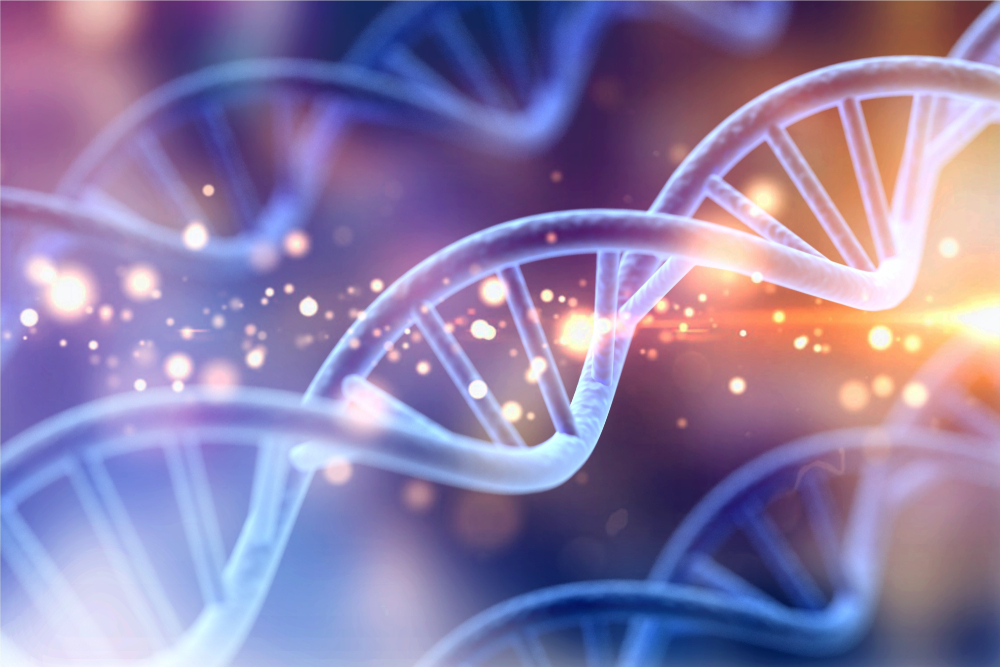
DNA
Deoxyribo Nucleic acid, or shortly DNA, is a nucleic acid that carries the genetic instructions required for the vital functions and biological development of all organisms and some viruses. The main role of DNA is the long-term storage of information. DNA contains the information necessary for the construction of other components of the cell such as protein and RNA; It is likened to a mold, template or recipe. DNA fragments containing this genetic information are called genes. But other DNA sequences have structural functions (such as determining the shape of chromosomes), while others help regulate how (in which cells, under what conditions) this genetic information will be used.



